Scroll through Instagram or flip through any celebrity magazine, and you’ll inevitably encounter the viral trend of stars posting "bare-faced" selfies. These images, often accompanied by captions celebrating natural beauty, are meant to feel authentic and relatable. Yet beneath the surface lies a carefully constructed illusion—one that perpetuates unrealistic beauty standards while masquerading as vulnerability.
The phenomenon isn’t new. For decades, women have been sold the idea that effortless beauty is attainable if they just buy the right products. But the modern iteration is particularly insidious because it disguises artifice as authenticity. What appears to be a fresh-faced, just-woke-up glow is often the result of strategically applied "no-makeup" makeup, professional lighting, subtle filters, and sometimes even cosmetic procedures. The message is clear: even your most natural state should look polished.
This curated version of "natural" creates a paradox. On one hand, celebrities and influencers claim to embrace imperfections; on the other, their version of imperfection still adheres to narrow standards of attractiveness—flawless skin, symmetrical features, and no visible pores. The subtext? True flaws are unacceptable. It’s no wonder that studies show a correlation between social media consumption and rising rates of body dysmorphia, particularly among young women.
What makes this trend especially damaging is its air of deception. Unlike obvious glamour shots, these images pretend to strip away pretense. Followers are led to believe they’re seeing an unvarnished truth, which sets an impossible benchmark. When real, unfiltered skin texture or under-eye circles don’t measure up to a celebrity’s "candid" photo, the psychological impact can be profound. The gap between reality and illusion widens, breeding insecurity where there should be relief.
Industry insiders acknowledge the sleight of hand. Stylists admit to prepping skin for hours before "no-makeup" shoots, using expensive serums, ice rollers, and even temporary fillers to achieve that "I woke up like this" effect. Dermatologists report spikes in patients bringing filtered selfies as reference points for treatments. The beauty industry profits from this cycle, selling products that promise to deliver the very look that was artificially created in the first place.
Some celebrities have pushed back against the trend, sharing truly unretouched photos that showcase acne, wrinkles, or postpartum bodies. These rare moments of genuine transparency are often met with both praise and backlash—proof of how conditioned audiences have become to polished "reality." Meanwhile, the majority of stars continue perpetuating the myth, perhaps unaware of their role in a system that equates worth with appearance.
The solution isn’t as simple as rejecting makeup altogether. Self-expression through cosmetics can be empowering. The issue lies in the dishonest framing—the pressure to perform naturalness while adhering to rigid aesthetics. Until we disentangle authenticity from perfection, the cycle of comparison and self-doubt will continue. Real change might require redefining what we consider "brave" or "beautiful" in an age where nothing is as it seems.
Perhaps the most radical act would be to truly let go—to celebrate faces as they are, without performative vulnerability or hidden enhancements. But in a world where even reality is filtered, that kind of honesty remains the ultimate luxury.
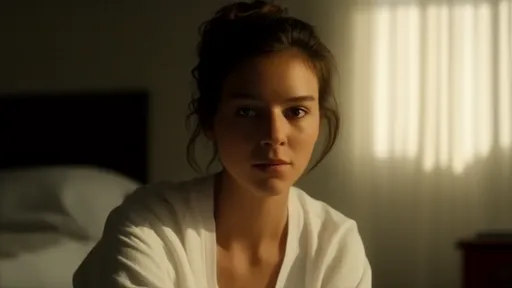
By /Aug 13, 2025
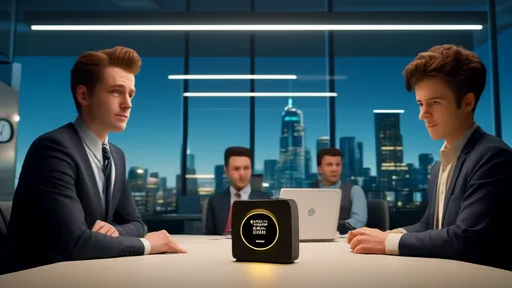
By /Aug 13, 2025
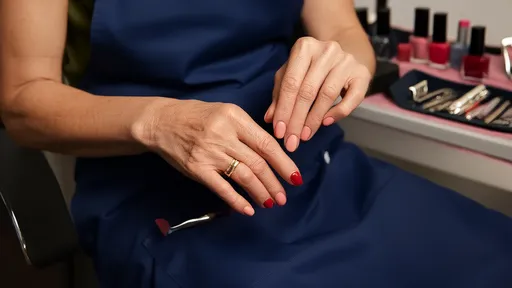
By /Aug 13, 2025
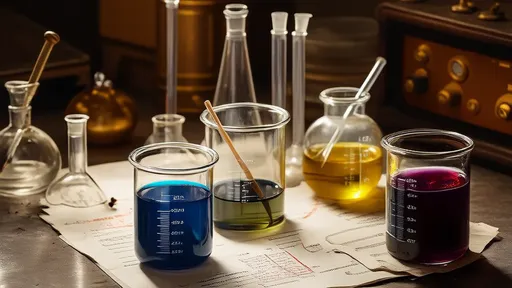
By /Aug 13, 2025

By /Aug 13, 2025
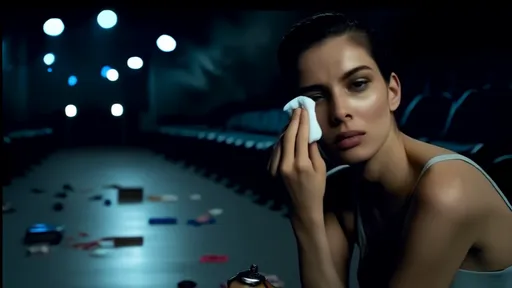
By /Aug 13, 2025

By /Aug 13, 2025
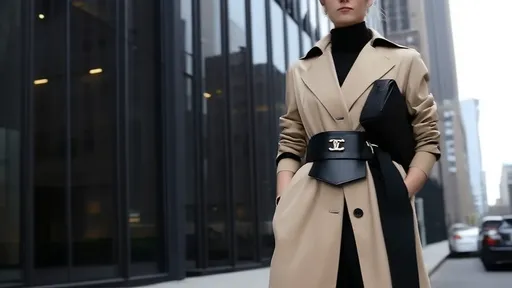
By /Aug 13, 2025

By /Aug 13, 2025
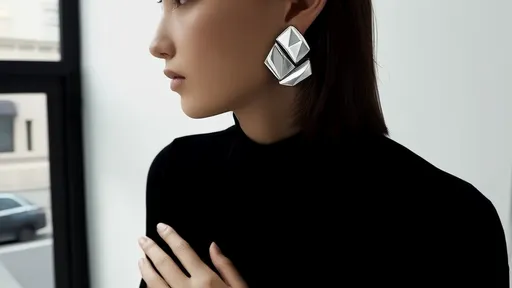
By /Aug 13, 2025
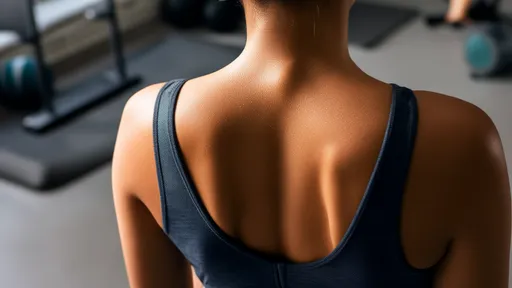
By /Aug 13, 2025
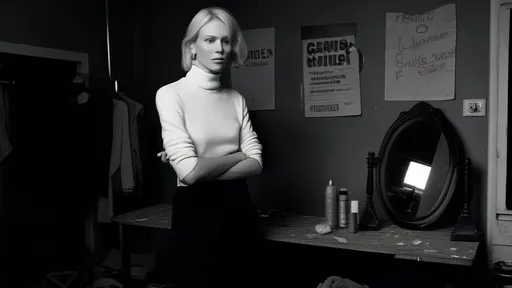
By /Aug 13, 2025

By /Aug 13, 2025
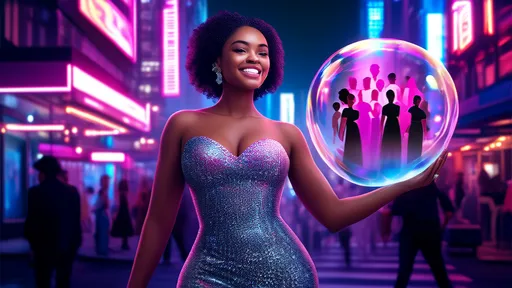
By /Aug 13, 2025
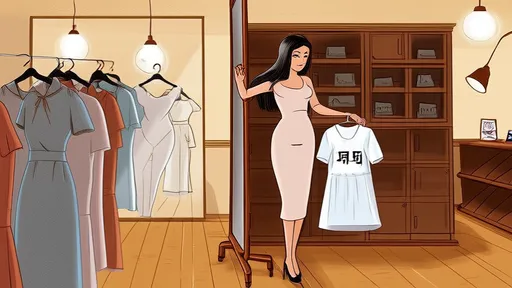
By /Aug 13, 2025

By /Aug 13, 2025
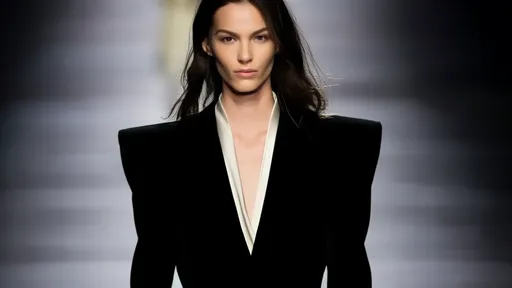
By /Aug 13, 2025

By /Aug 13, 2025
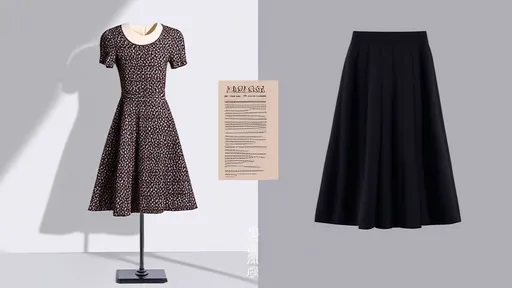
By /Aug 13, 2025
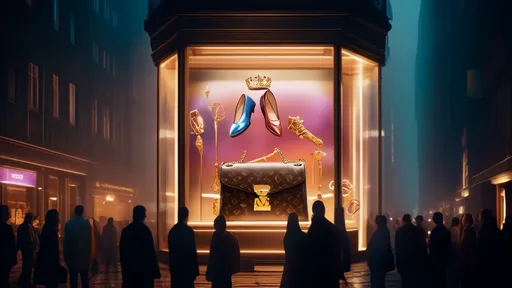
By /Aug 13, 2025